Translate English To Chinese Audio

BeMultilingual

Why Translate English to Chinese Audio Is a Game-Changer for Global Success
Expanding into the Chinese-speaking market offers immense opportunities—but it requires more than just text translation. To truly connect with Chinese audiences, businesses, YouTubers, and film/TV professionals must translate English to Chinese audio in a way that preserves the message, tone, and cultural relevance. Whether you're a business aiming to enter China’s e-learning market, a YouTuber seeking a wider audience, or a film producer targeting global box office success, professional dubbing is essential.
That's where BeMultilingual comes in. We specialize in professional human dubbing services that ensure your message resonates with Chinese-speaking audiences authentically and accurately. In this blog, we’ll explore why translating English to Chinese audio is critical, the process involved, challenges to watch for, and how BeMultilingual can help you achieve seamless localization.
Here's what we’ll cover:
Why translating English to Chinese audio matters more than ever
The differences between dubbing, voice-over, and subtitling
Key industries benefiting from English to Chinese audio translation
Best practices for effective audio translation and localization
Why professional dubbing outperforms AI-generated audio
FAQs about English to Chinese audio translation
How BeMultilingual ensures accurate and culturally relevant dubbing
Why Translating English to Chinese Audio Matters More Than Ever
The Size and Potential of Chinese-Speaking Markets
China has over 1.4 billion people, with Mandarin as the official language. Beyond China, Mandarin is widely spoken in Taiwan, Singapore, and communities across the globe. Reaching these audiences through well-dubbed audio can significantly expand your market share.
Digital consumption is booming: Over 1 billion Chinese users are active on platforms like Youku, Bilibili, and WeChat Video.
E-learning in China is projected to surpass $100 billion, making localized content crucial for education providers.
The Chinese box office regularly outperforms Hollywood’s domestic revenue, emphasizing the need for localized film and TV content.
Language Barriers Limit Engagement
Even with subtitles, audio in a person’s native language is far more engaging. Viewers are 72% more likely to stay engaged with dubbed content than subtitled content, particularly in entertainment and e-learning sectors.
Dubbing vs. Voice-Over vs. Subtitling: Which One Is Right for You?
Dubbing
Dubbing replaces the original audio with a voice recording in the target language. It matches lip movements and emotional tone to create an immersive experience. Dubbing is ideal for:
Movies and TV shows
YouTube channels
Corporate videos and training
Voice-Over
Voice-over involves narrating over the original audio, often used for:
Documentaries
Tutorials
Corporate presentations
Subtitling
Subtitles provide translated text at the bottom of the screen. While cost-effective, they are less engaging for audiences who prefer native language audio.
Why Choose Dubbing? Dubbing offers a complete linguistic and cultural adaptation. BeMultilingual specializes in professional dubbing, ensuring your content sounds natural and emotionally engaging to Chinese-speaking audiences.
Industries That Benefit from Translating English to Chinese Audio
Film and Television
China’s box office revenue reached $7.3 billion in 2023, making it the world’s largest cinema market. Localizing your movie or series through professional dubbing allows you to tap into this audience.
YouTube and Online Content Creators
YouTube is banned in mainland China, but Chinese platforms like Bilibili and Youku offer huge opportunities. Translating your content into Chinese and dubbing it with BeMultilingual can significantly grow your audience.
E-Learning and Corporate Training
Chinese businesses and schools are rapidly adopting e-learning. Professional dubbing enhances the user experience and improves learning outcomes.
Business and Marketing
Product demos, explainer videos, and customer testimonials dubbed in Chinese can help brands build trust and expand into new markets.
Best Practices for Effective English to Chinese Audio Translation
Use Native Chinese Voice Actors
Native speakers understand cultural nuances, regional accents, and slang. BeMultilingual works exclusively with native Chinese voice actors to ensure authenticity.
Adapt for Cultural Relevance
Literal translations often miss cultural context. Localizing idioms, humor, and references is essential for audience engagement.
Maintain Audio Quality
Professional recording studios and experienced audio engineers guarantee high-quality sound that matches your original production standards.
Synchronize Lip Movements (Lip-Sync)
For films and TV, matching the actor’s lip movements enhances the viewing experience. BeMultilingual Film and TV provides seamless lip-sync dubbing.
Quality Control and Reviews
Every dubbing project at BeMultilingual undergoes multiple reviews to ensure accuracy and clarity.
Human Dubbing vs. AI Translation: Why Humans Are Still Better
Emotional Expression and Tone
AI voice generators often lack the ability to convey human emotions naturally. Human voice actors deliver authentic emotional tones, which are crucial for drama, comedy, and educational content.
Contextual Understanding
AI translations can miss context, resulting in awkward phrasing. Professional linguists understand context and ensure the message is clear and culturally appropriate.
Regional Dialects and Slang
Mandarin has regional dialects that AI struggles to handle accurately. BeMultilingual selects the right dialect and style to suit your audience.
FAQs About Translating English to Chinese Audio
How Long Does Audio Translation Take?
Project timelines depend on content length, complexity, and type. A 10-minute video may take a few days, while a feature film could require several weeks.
What’s the Difference Between Mandarin and Cantonese Dubbing?
Mandarin is the official language of mainland China and Taiwan. Cantonese is widely spoken in Hong Kong and parts of southern China. BeMultilingual offers dubbing services in both.
Do I Need a Script Translation Before Dubbing?
Yes. A professionally translated script ensures accurate and smooth dubbing. BeMultilingual handles both script translation and dubbing.
How Much Does It Cost?
Costs vary based on project scope, language pair, and production quality. Contact BeMultilingual Contact us for a tailored quote.
Which File Formats Can You Deliver?
We support a variety of audio and video formats, including MP3, WAV, MP4, and more.
How BeMultilingual Ensures Accurate and Culturally Relevant Dubbing
Professional Voice Actors
Our roster includes experienced Chinese voice talents across different dialects and industries.
Dedicated Project Managers
We assign a dedicated manager to each project to ensure smooth communication and delivery.
Studio-Quality Audio
We use state-of-the-art studios and equipment to ensure clean, high-quality audio.
Comprehensive Quality Control
Every project undergoes linguistic review, technical checks, and final approval before delivery.
For film and TV projects, BeMultilingual Film and TV ensures accurate lip-sync and emotional delivery.
For business videos and training, BeMultilingual Business ensures clear communication tailored to your professional audience.
Ready to Translate English to Chinese Audio? Contact BeMultilingual Today!
If you're ready to expand your reach into Chinese-speaking markets, trust BeMultilingual for professional, accurate, and culturally relevant dubbing services. Whether you're in film, TV, YouTube, e-learning, or business, our team is here to help you connect with new audiences.
Contact us today to get started! BeMultilingual Contact us
Read More
YouTube Auto Dubbing: 2025 Review & More
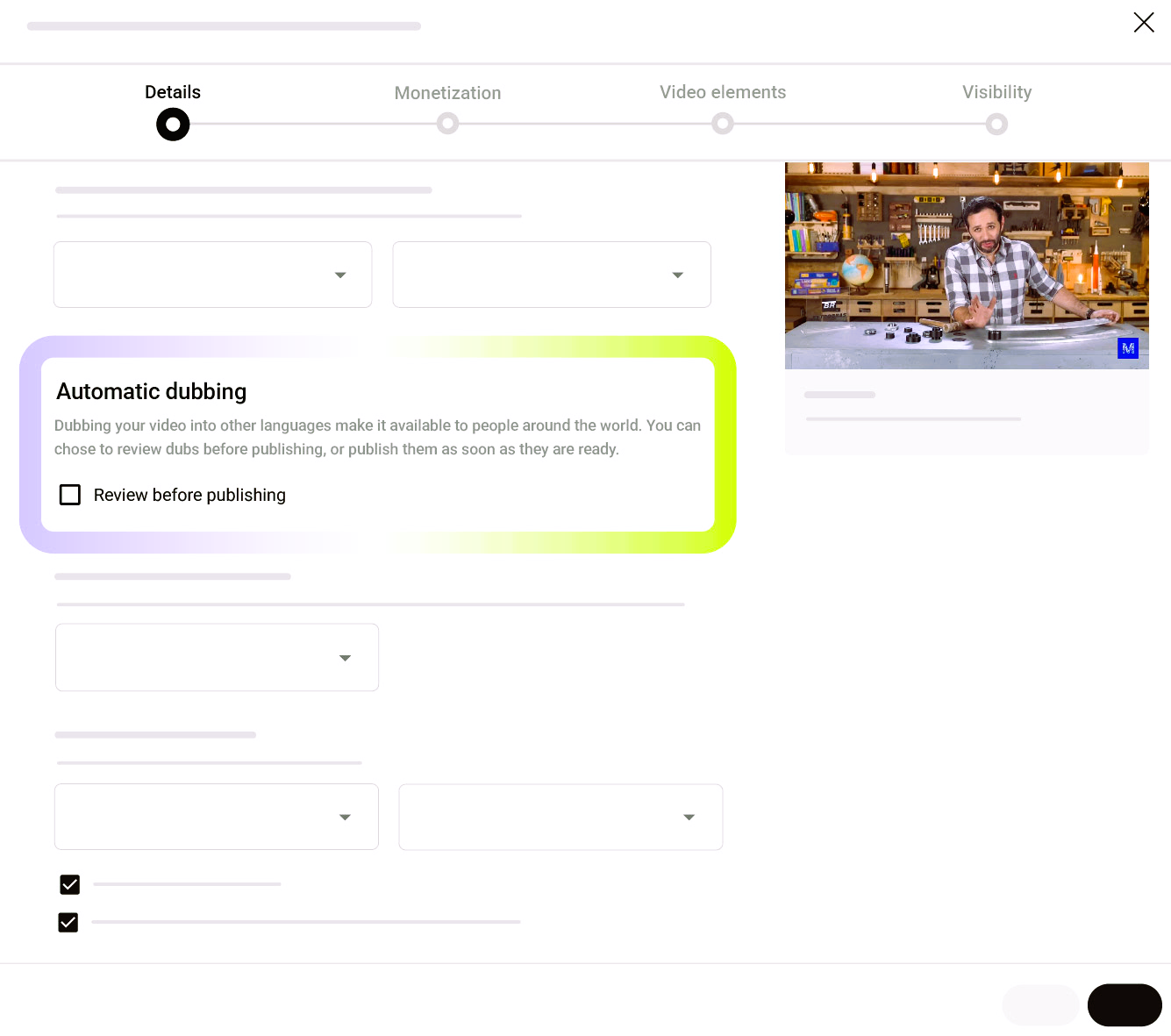
BeMultilingual Dubs Viral Animated Series Pilot Episode for Glitch Productions

How Mr. Beast Consistently Gets 100M Views

How To Dub YouTube Videos
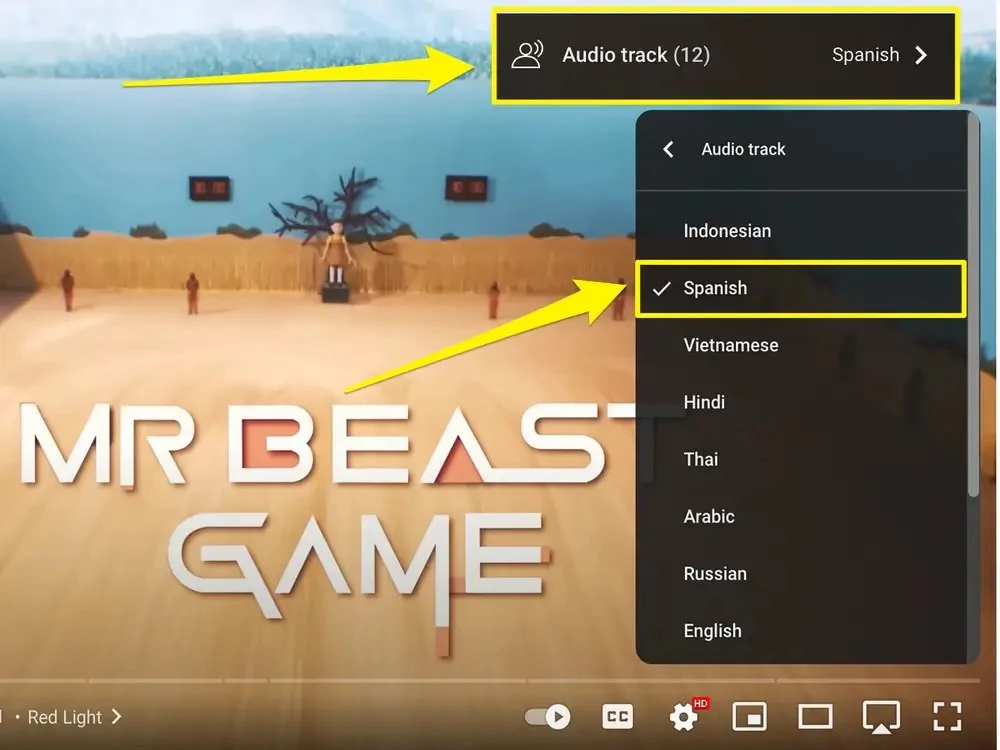
How To Access & Use YouTube's Multi-Language Audio Feature
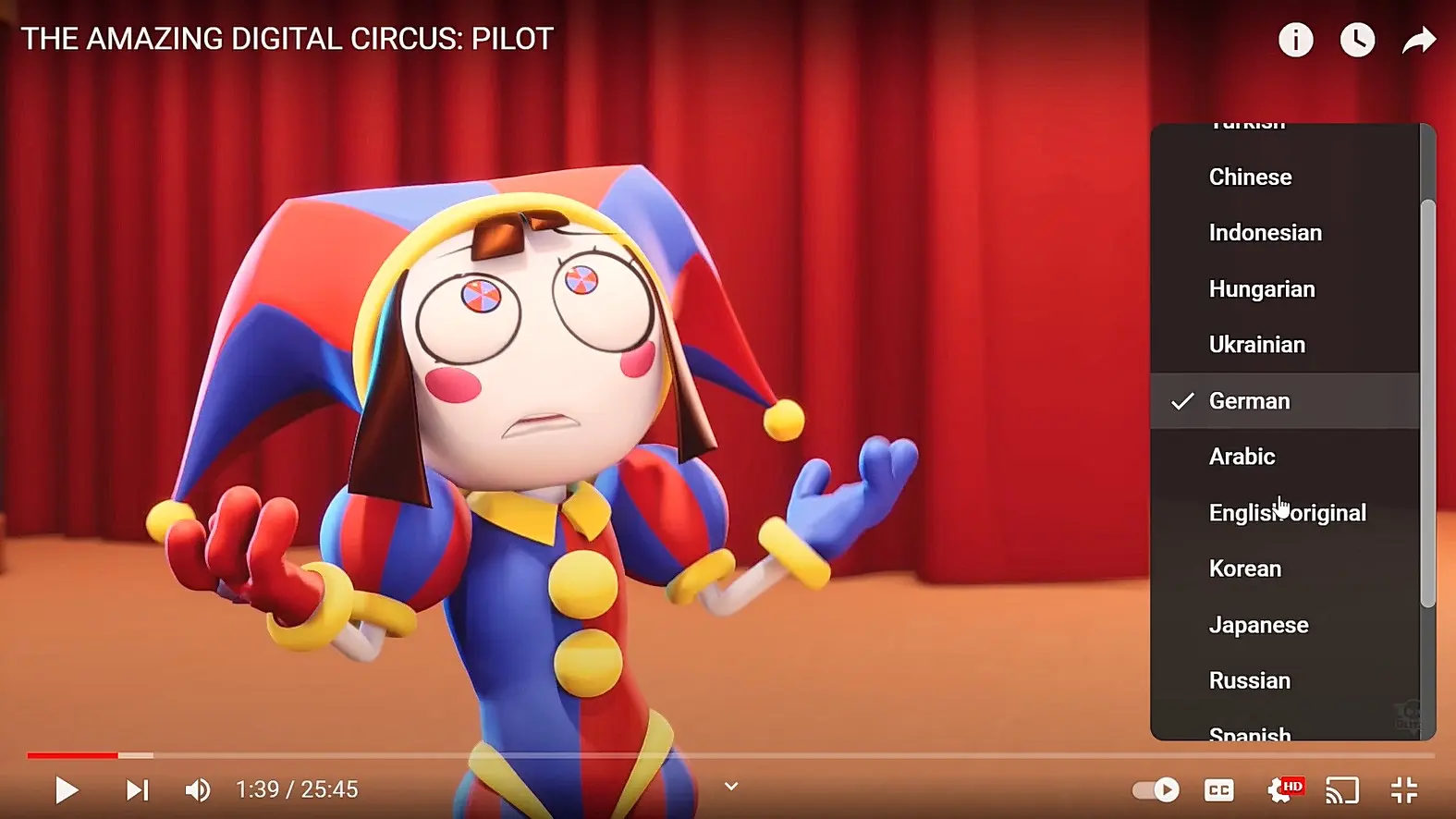
7 Best Dubbing Companies & Dubbing Services Worldwide

YouTube Multi-Language Audio: What It Is & How to Use It

What Are The Most Popular Languages on YouTube?

Dubbing YouTube Channel: Full Guide To Dub YouTube Videos
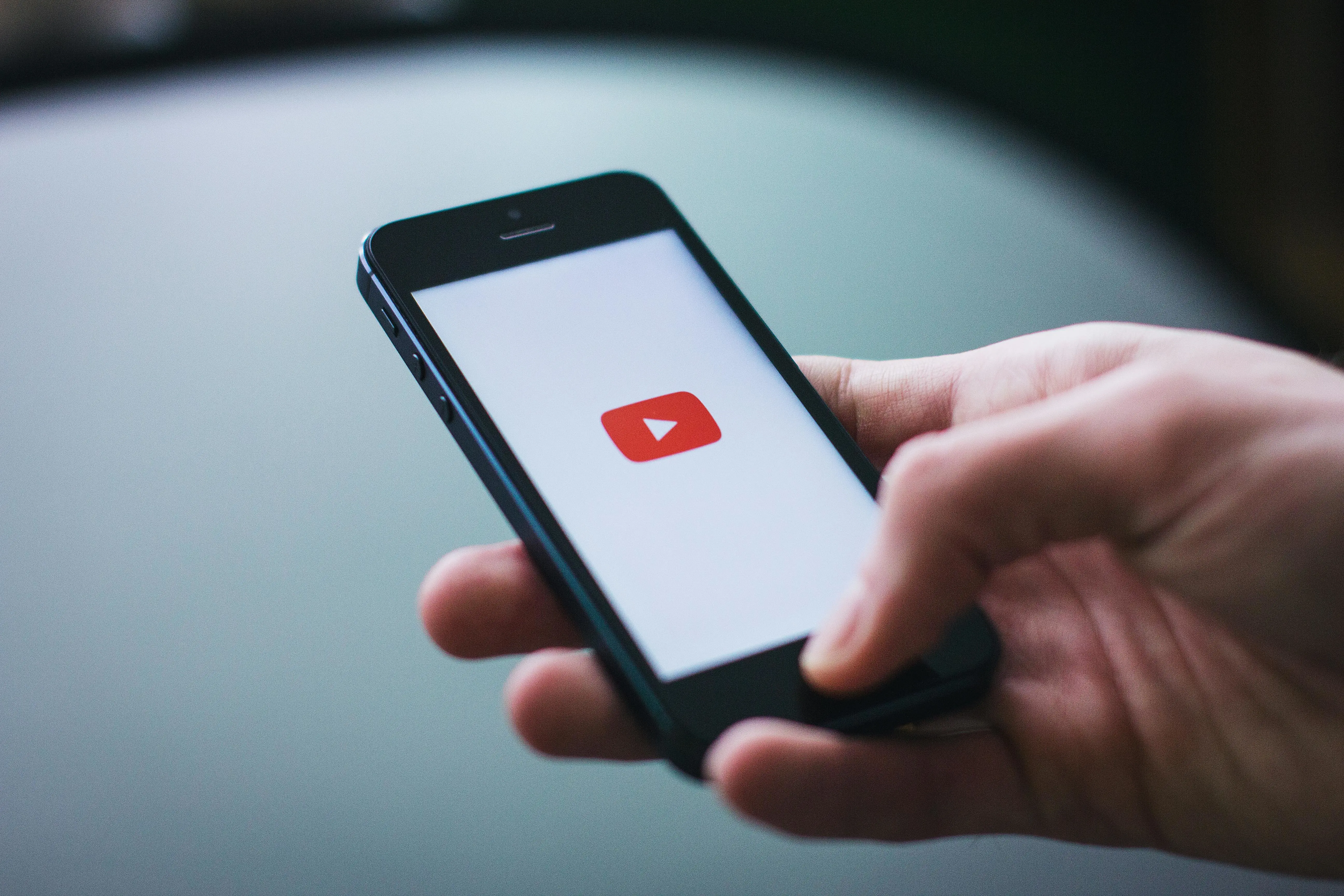
Going From 0 to 10 Million Views per Month

How MrBeast Used Dubbed Audio Tracks To Skyrocket Views

Why Video Dubbing is Becoming the New YouTube Meta

MrBeast Dubbing: Revolutionizing Global Content Reach

Why Is Dubbing Important For YouTube Videos

How Much Does It Cost To Dub A Video

Is Dubbing Worth the Investment for My YouTube Channel?

Translate English To Urdu Audio

How Long Does It Take to Dub a Video
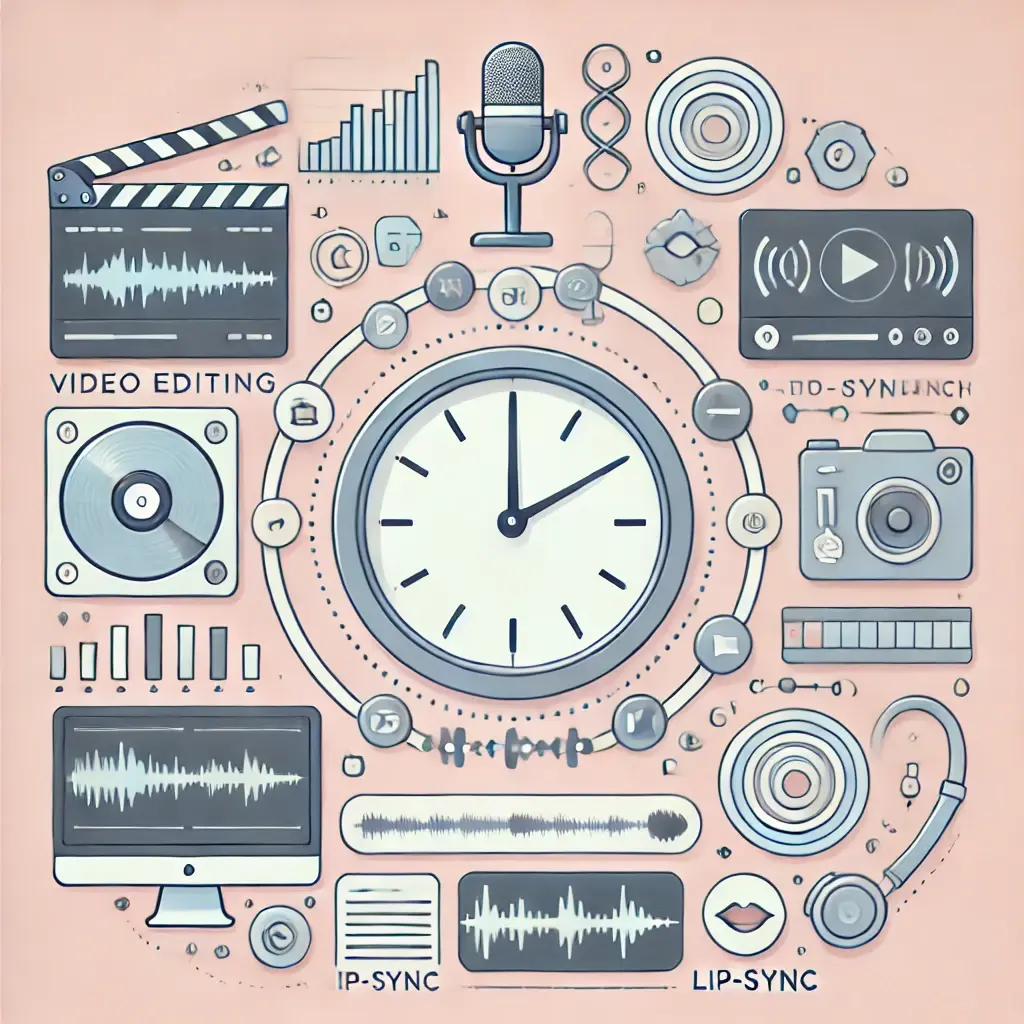
Can Dubbing Affect the Quality of My Video Content?

Do I Own the Rights to My Dubbed Content?

Can I Dub Old Videos On My YouTube Channel

What Are The Best Companies For Dubbing YouTube Videos

Dubbing Companies In USA

Dubbing Companies In Mexico

Dubbing Companies In China

Dubbing Companies in Netherlands

Dubbing Companies In Philippines

Dubbing Companies In France

Dubbing Companies in Germany

Dubbing Companies In India

Dubbing Companies In Hungary

Dubbing Companies In Indonesia

Dubbing Companies In Italy

Dubbing Companies In Japan

Dubbing Companies In South Korea

Dubbing Companies In Poland

Dubbing Companies In Brazil

Dubbing Companies in Russia

Dubbing Companies in Spain

Dubbing Companies In Thailand

Dubbing Companies In Turkey

Dubbing Companies In Ukraine

Dubbing Companies In Pakistan

Dubbing Companies In Vietnam

Dubbing Companies In Canada

How To Translate Language On YouTube

Upload Audio Track To YouTube

How To View Audio Tracks On Shorts

ROI On YouTube Dubbing

Translate English To Dutch Audio

 BeMultilingualContact →
BeMultilingualContact →